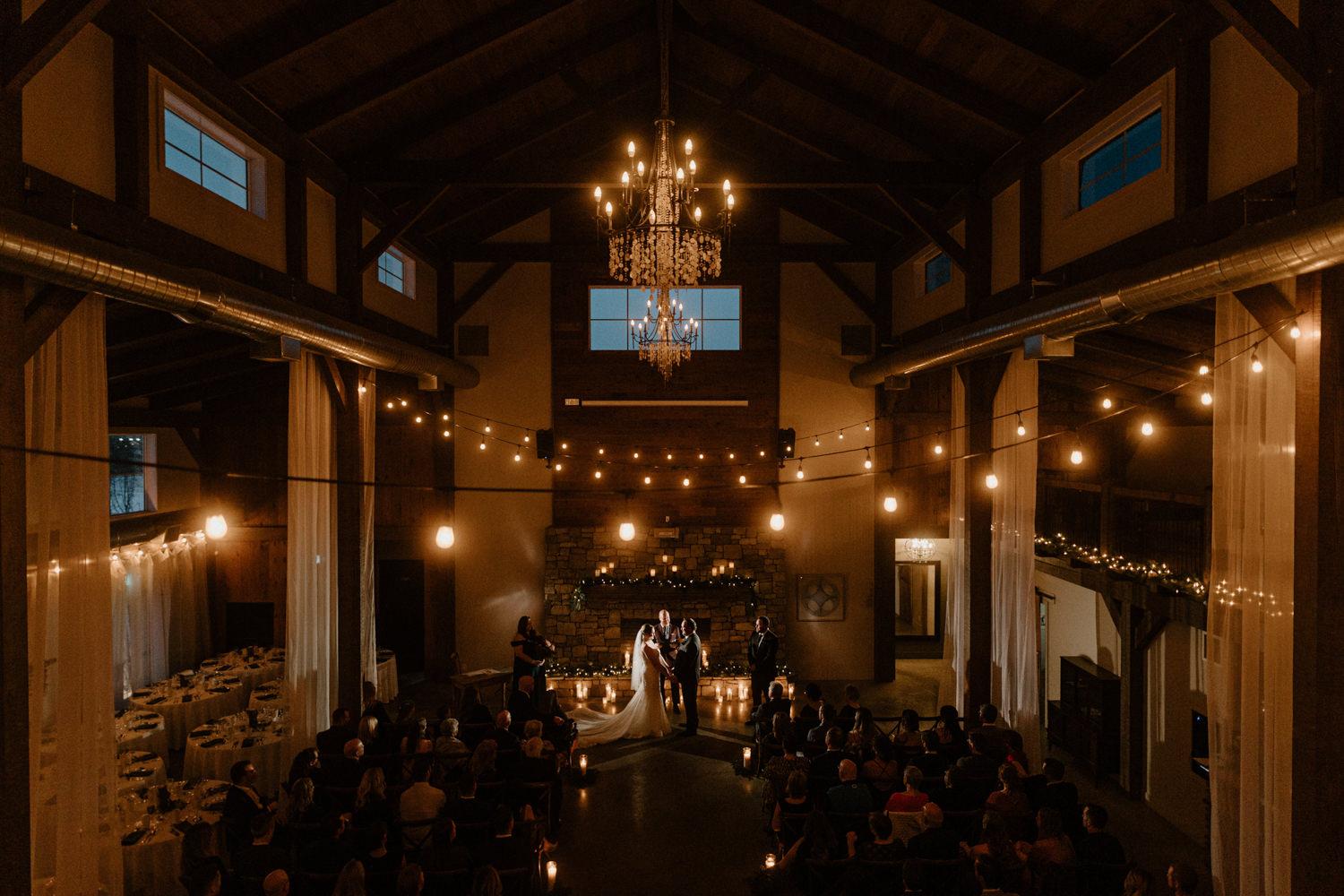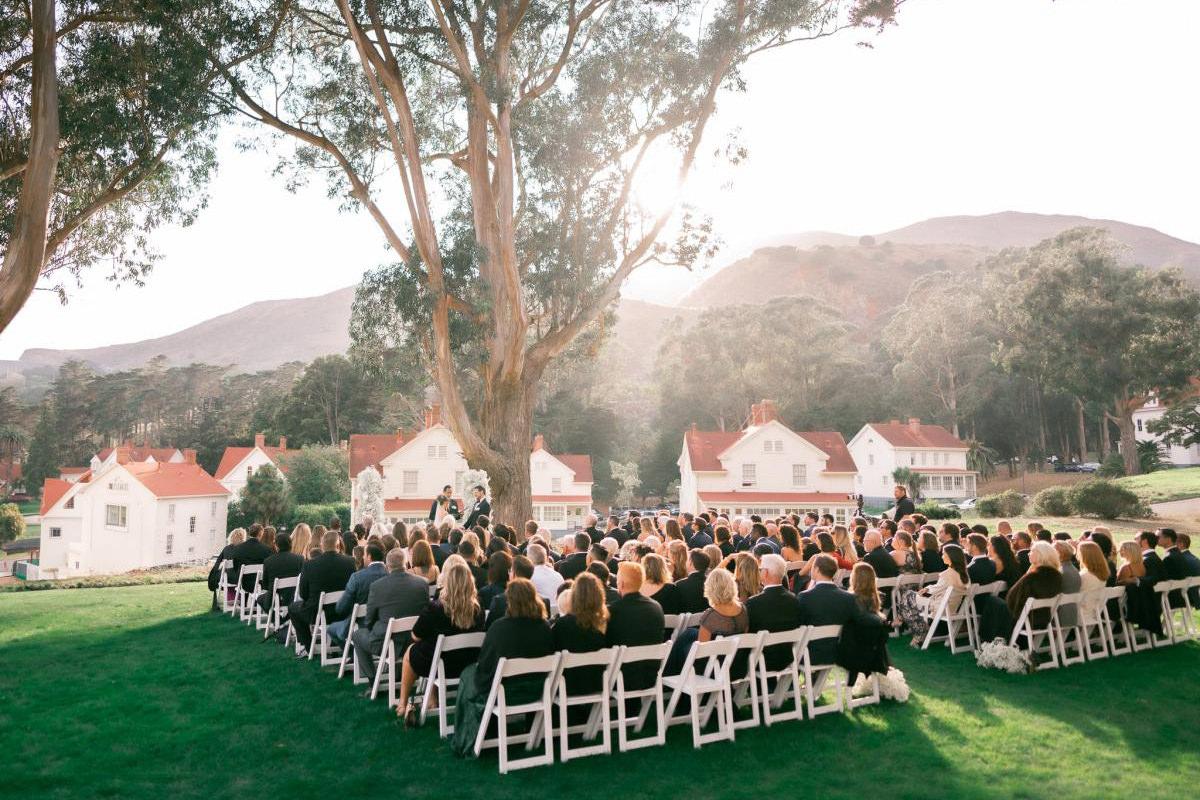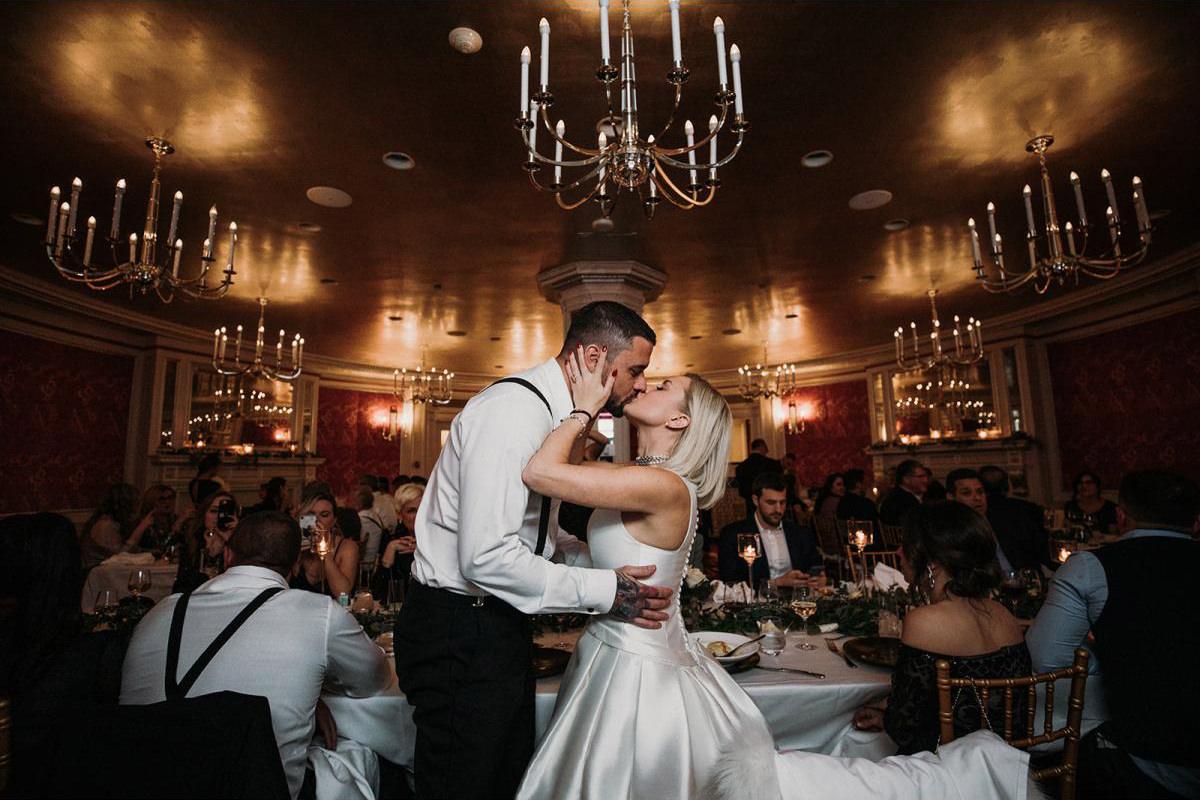Once rooted in obligation, alliance, and class, the wedding guest list now reflects identity, values, and connection. But it hasn’t always been so personal.
Who gets a seat at your wedding says a lot about who you are—and who you're aligned with. In ancient times, guests were often political allies, family elders, or witnesses required by law. Over time, the wedding guest list became a social minefield of etiquette, status, and reciprocity.
Today, Canadian couples are redefining what a guest list should look like, often trimming it down or expanding it beyond tradition. But its evolution—from duty to intimacy—is deeply revealing.

Ancient and Medieval Weddings: Public Proof and Legal Witnesses
Before weddings were about love, they were about contracts and alliances. Guests were necessary not for celebration—but for validation.
- In ancient Rome, weddings required ten witnesses for the union to be considered legal.
- In early Christian Europe, guests were primarily there to ensure the union was recognized by community and church.
- Among nobility, guests were often high-ranking families who could confirm or contest inheritance claims.
In this context, a wedding guest was less about inclusion—and more about proof of legitimacy.
The Rise of the Social Wedding (18th–19th Century)
With the growth of the middle class and urban life in the 1700s and 1800s, weddings became more public, performative, and stratified.
- Victorian weddings introduced formal invitations, guest books, and etiquette guides.
- Who you invited—and who you didn’t—became a signal of social rank and family alliances.
- Reciprocity became a rule: if you were invited to their child’s wedding, they must be invited to yours.
Weddings became stages for class display, and the guest list reflected both wealth and ambition.

Post-War Era: The Birth of the Big Wedding
After World War II, the North American wedding industry exploded—driven by:
- Post-war prosperity
- Baby boom family culture
- Hollywood’s influence on love and glamour
The guest list ballooned. Weddings with 100+ guests became common, and the idea of inviting “everyone you know” took root.
The 20th-century guest list reflected community standing, extended family, and workplace loyalty.
Modern Canada: Intentional, Intimate, and Inclusive
Today’s Canadian couples are more likely to:
- Curate smaller guest lists, prioritizing relationships over obligation
- Cut out coworkers, extended family, or distant acquaintances
- Include chosen family, not just biological relatives
- Blend cultural traditions where large families are the norm with preferences for small, intentional celebrations
The rise of micro-weddings and elopements—especially post-pandemic—has redefined what a guest list should be.
Guest List by Culture: Expansive or Intimate
Wedding size and guest inclusion varies widely by cultural background:
- South Asian and Middle Eastern weddings may include 300+ guests as standard
- Traditional Chinese weddings often involve formal family banquets with extensive extended family
- Indigenous and rural communities may treat the wedding as a public community event
- In contrast, Western minimalist trends have led some to prefer intimate, private ceremonies with under 20 guests
In multicultural Canadian weddings, these expectations often collide—and couples must negotiate family, culture, and personal values.

Guest List Politics: Etiquette, Cost, and Emotional Labour
Even with best intentions, the guest list can become a source of stress:
- Who pays for guests often impacts who is invited
- Cultural pressure to invite certain people (elders, religious leaders, family friends) can clash with personal boundaries
- Decisions around plus-ones, kids, or estranged relatives require diplomacy
Modern couples are reclaiming control, using tools like guest list spreadsheets, A/B lists, and “unplugged” policies to keep things aligned with their goals.
Through the Photographer’s Lens: Capturing Community
Wedding photographers often capture the full scope of the guest experience:
- Wide shots of the crowd at the ceremony, cocktail hour, or dance floor
- Candid photos of guests reacting, laughing, or crying
- Special attention to elders, chosen family, or absent loved ones honoured in decor or speeches
The guest list isn’t just a roster—it’s a visual representation of who matters most.

Related Reading in the History of Weddings Series:
- The History of the Wedding Ceremony
- The History of Wedding Economics
- Wedding Traditions from Around the World
- The History of Elopements
Continue Planning Your Wedding
Ready to dive into the details? How to Find the Perfect Wedding Photographer: The Ultimate Guide to Making the Right Choice